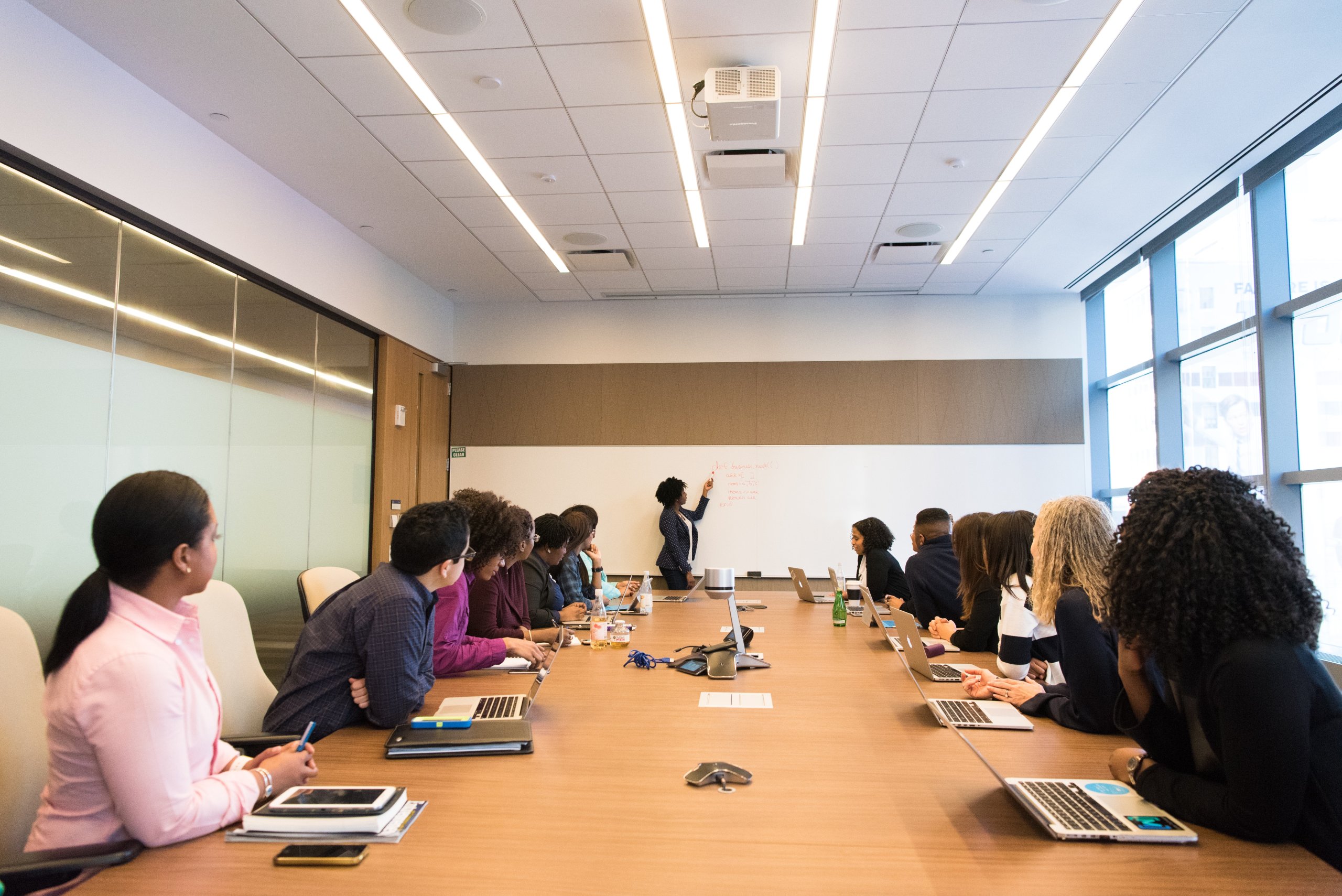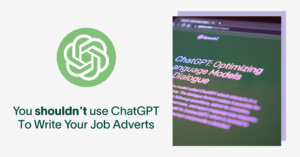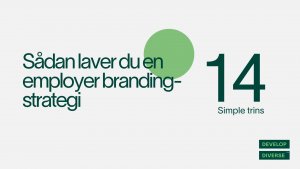Over the last few years, organisations globally have become single-minded in their efforts to eliminate unconscious bias from their processes and practices.
And while this effort is well-intentioned, research is showing that the investment might not be paying off.
So what works when it comes to increasing awareness on unconscious bias — and how can organisations do better?
In this article, Alex HL Taylor, DEIB consultant and intersectionality specialist, explains how organisations can address unconscious bias in the workplace, and create long-term awareness that leads to sustained behavioural change.
Moving beyond unconscious bias training
To move forward on diversity and inclusion efforts in the workplace, we clearly need some knowledge of how biases outside of our control contribute to prejudice and discrimination.
Most organisations know this, and many make the logical assumption that unconscious bias training will help. The problem is, lots of organisations stop there — and research is showing that it’s not working to effectively address unconscious bias at work:
- A 2019 study found that unconscious bias training temporarily increases awareness — but the effects rarely last beyond two weeks after the training has finished.
- A 2019 meta-analysis found that unconscious bias training didn’t do much to address the systemic and structural causes of bias.
“Part of the issue with unconscious bias is that it’s been so simplified,” Alex says. “We’ve almost reframed it as if discriminatory behaviours stem from having implicit biases, when actually, there’s not a very strong correlation between the two.
“But it’s really that we need to first become aware of our unconscious biases, and then put that awareness into practice over a long period of time in our daily lives. In many ways, it’s like learning to drive. At the very beginning, it’s a very conscious process that takes up all of your cognition. But after ten years of doing it, you’ll get in the car, check the mirrors, and get from A to B without thinking about it.
“Learning about unconscious bias once isn’t going to mean someone immediately changes their behaviour — it’s not that simple.”
4 ways to address unconscious bias in the workplace that actually work
1. Understand that unconscious bias isn’t a problem you can ‘solve’.
Most organisations approach their DEI strategy from a solutions-oriented perspective. And that’s only natural — we’re impatient to right some wrongs. But when organisations plunge into unconscious bias training, it positions it as a singular, unconnected problem they need to solve — and that’s a bit simplistic.
Instead of opting for the training as a first defence, Alex recommends that organisations focus on what they’re trying to achieve by fostering greater awareness of unconscious bias. That will help them dial in on the exact training or resources they need to raise awareness of how it impacts different processes or employee populations.
“If an organisation is trying to approach diversity and inclusion in general, unconscious bias is unlikely to be the main focus of what you’re trying to accomplish,” she says. “Instead, it’s important to see how and where unconscious bias awareness can fit into your diversity and inclusion goals and work from there.”
2. Provide open, non-judgemental channels for dialogue and learning on unconscious bias.
When we’re first learning about how our unconscious biases impact others, it’s only natural to experience feelings of discomfort, guilt, or even shame about how we’ve treated people in the past. After all, these patterns of behaviour are embedded at an unconscious level.
But these feelings can mean that learning about unconscious bias stalls, or even backfires. It’s exactly why Alex recommends that organisations supplement any training they do implement with ongoing, long-term conversation — again, and again, and again.
“It can be quite hard for people to come to terms with unconscious bias because we can have defensiveness about feeling like ‘bad’ people,” Alex says. “Instead, it’s better to think of it as a longer conversation that happens multiple times.
“You can use initial training to plant the seed of awareness, but you also need to create plenty of opportunities to check-in, ask questions, and talk about unconscious bias in a non-judgemental way.”
3. Use training as a starting point — and implement tools and learning opportunities to slowly change individual behaviour over time.
In addition to regular conversation through your organisation’s internal channels , groups, and meetings, Alex suggests that tools and resources can be helpful to develop awareness and get conversations started.
These tools shouldn’t be used as a way of highlighting or shaming people for their biases, nor should they become the only way organisations address unconscious bias. But they can be helpful for creating understanding in how bias impacts us all differently. Over time, these smaller, drip-fed learning opportunities can become the basis for individual behavioural change.
Alex suggests online implicit bias tests to help develop awareness of different types of bias. Organisations can also use inclusive communication tools to help gradually reshape how employees use language on a day-to-day basis. This approach can help people take individual accountability and track their own progress.
4. Lean into a long-term mindset shift.
The problem with most unconscious bias awareness initiatives is that they tend to be one-and-done styles of training. In reality, undoing a lifetime of embedded biases takes time — and organisations must be willing to stay the course.
“When organisations attempt to address unconscious bias in a one-off session, it doesn’t create accountability,” Alex says. “It’s much harder to track whether or not people have noticed changes within their own behaviour, or how much of it has sunk in.
“In reality, addressing unconscious bias is much more about a long-term, ongoing process or retraining how we think, speak, and act. That process will include far more than just one training session on unconscious bias — it extends to other forms of training, conversation, and process and policy changes.”
Continuous unconscious bias training with Develop Diverse
Develop Diverse is an inclusive communication platform that helps you identify biased language within job adverts and written communication, helping you to create an inclusive recruitment process while learning about your own biases. Book a demo today to find out more.





